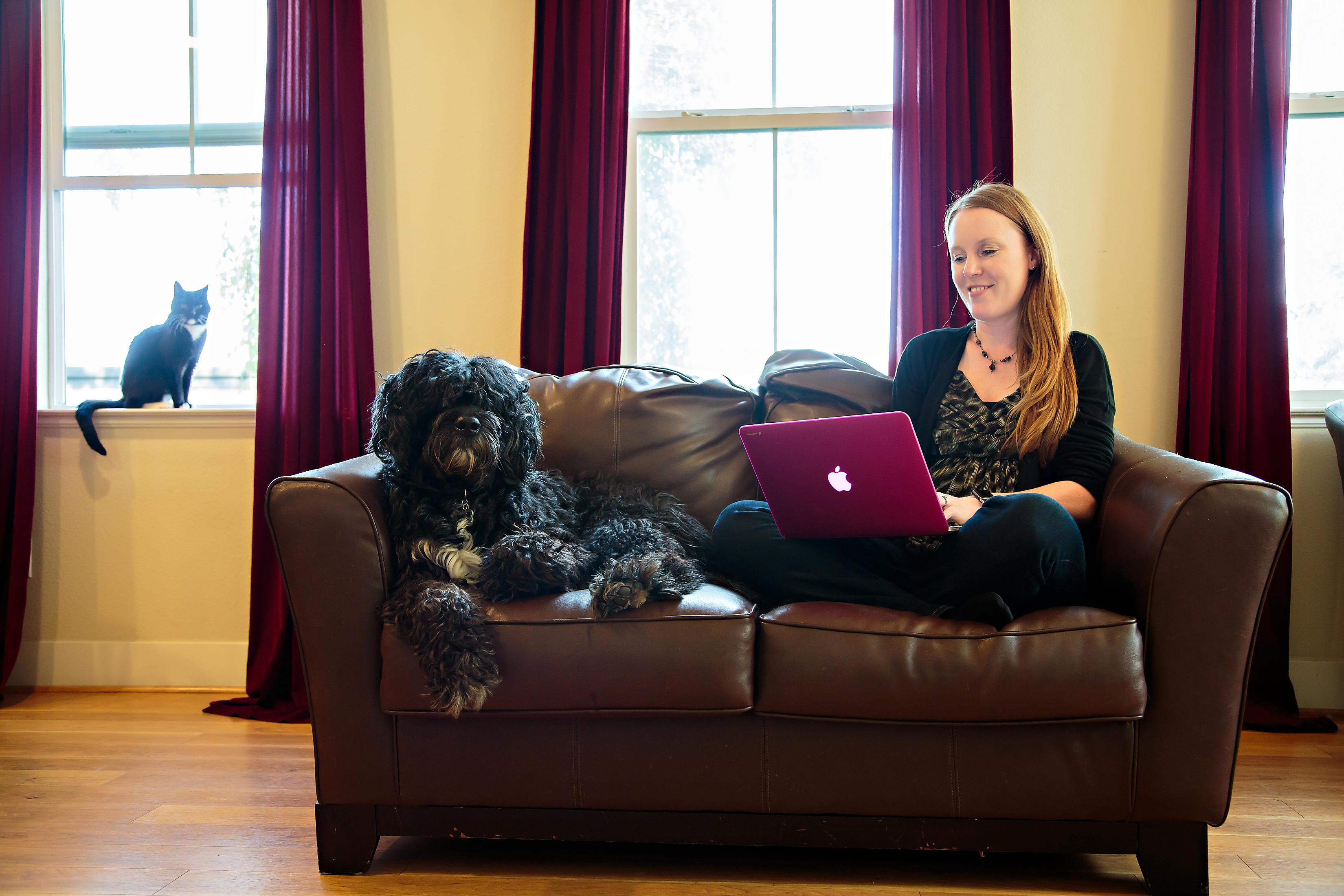What If …?
Use this classic question to explore the possibilities in your idea, and in particular, where those possibilities spark your passion.
Style
Inventor
Skill
Asking Questions
Time
10 minutes
THE ATTIC:
What If …?
As an Inventor, ideas aren’t difficult for you, and neither is coming up with options. Rely on your strength to create an exhaustive list of “What if …?” questions, but don’t stop there. Remember, your passion is a huge part of what motivates you. Look over your list of questions and rank them in terms of what sparks your passion most fiercely. A powerful “What if …?” question can take you quite a long way into your project.

Materials
How to Play
- Timer
- White Board
- Dry Erase Markers
OR
- Timer
- Easel
- Markers
1. Choose brainstorming tools you can use while standing up.
2. Play some silly or happy music and dance for a minute to loosen up.
2. Set the timer for eight minutes. Make a list of every “What if … ?” question you can think of that connects you, the artist, with your idea. Consider what memories and experiences you bring to the table, plus your expertise, and especially, your longings or curiosity.
3. When the time’s up, review your list. What stands out? How plugged into this idea are you? Do you need to find a deeper point of connection? Is there a question on the list that might be the one to fuel your next steps?
4. Use your remaining time to choose what questions to take away, and how you’d like to keep them top of mind.
5. If you’re feeling particularly inspired, take another ten minutes and make a graphic or a collage that includes your question, and post it where you can see it.
Adaptations

Slay a Creative Dragon
It’s never a good idea to ignore a dragon. They tend to breathe fire, snag you with their claws, or topple you with their tails. If you’ve found yourself in the presence of a creative dragon, rather than exploring possibilities, use this activity to focus specifically on your fears. Use the first half of your time to explore the very worst that could happen. Then, use the second half to explore all the ways you might overcome that beast. You’ve got this!

Brainstorm Visually
Tap into your genius that goes beyond words. You’re in the Attic, but that doesn’t mean you can’t use a technique more often seen in the Studio. Collage or sketch to explore questions related to the heart of this project. Remember, the purpose of asking questions in the Attic is not so much to explore ideas, but rather to find your personal connection to the piece. Stick close to the heart as you play, and see what you discover.
Try On Other Creative Styles

Question Starters

The Question Bullseye

Importance Interview
FOR COLLABORATORS
Explore what’s most important to you in your idea by digging deep with a friend.
Wondering What Your Creativity Style Is?

Your creativity is like a fingerprint: completely unique to you. That said, by understanding how you fit (or don’t) into one of four creativity archetypes, you can more easily identify your approach to the creative process. Think of the creativity styles as hats. You may wear one most of the time, but another on special occasions. Your unique blend of personas will affect how you approach each phase of the creative process.


